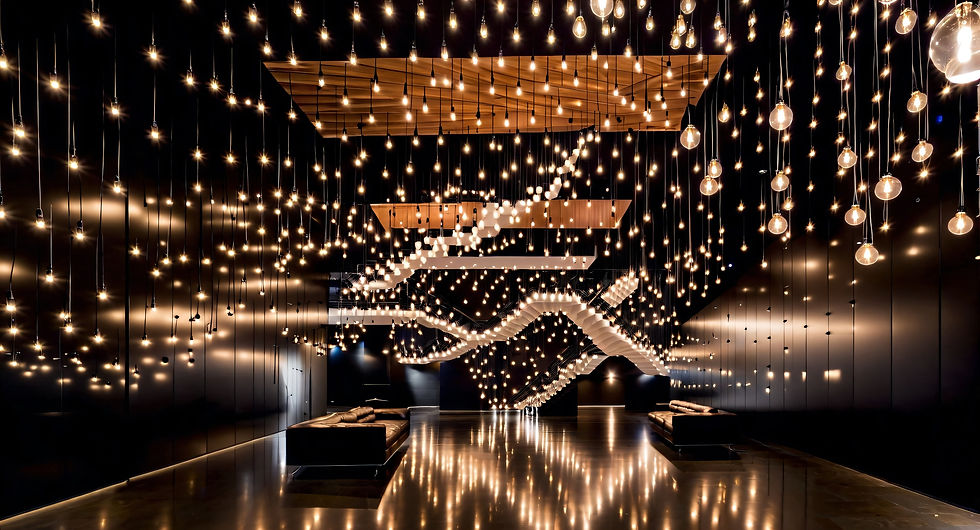Designing Dreams - The Architecture of Possibility
- moshe-katz
- Jul 17
- 2 min read
Updated: Jul 19
As an architect, I was trained to draw walls. But I always found myself sketching doors instead.
The world we live in is mainly built on what’s already been done, recycled models, safe templates, and logical outcomes. We are told to be realistic, as if reality were a concrete block we must carry rather than a canvas we might shape.
But what if we started from the opposite direction?
What if we imagined that the world, as rigid and immovable as it may seem, is only a suggestion? What if each of us, in our work and our lives, are not here to replicate but to reimagine? This is what Dream Design is: not a process of fixing what's broken, but of gently, courageously asking, What could exist instead?
Dream Design is not therapy. It doesn’t dig into old wounds. It stands at the edge of the known and says: let’s build something no one’s dared to sketch before.

When the Future Stops Feeling Like a Threat
Many organizations treat the future like it’s a storm they need to survive.
They build stronger systems, faster outputs, and more efficient frameworks. They hire consultants to predict trends, apply AI tools, and produce five-year plans with precise numbers and clear projections.
But here’s the truth no one talks about: the future isn’t made in data.
It’s made in the imagination.
Dream Design works not by forecasting what might happen, but by helping people reconnect to why they want to create anything at all before strategy comes story. Before innovation comes permission, to wonder, to wander, to make mistakes that lead to insight.
We don’t need more certainty. We need spaces where it’s safe to ask the impossible questions. Where teams don’t just optimize workflows, but rediscover meaning. Where leaders remember that their greatest strength isn’t control, but rather vision.
And vision starts with a dream.
Designing for What We Can’t Yet Name
There’s a moment in every Dream Design session that gives me goosebumps.
It’s not when someone finds the solution. It’s when they find a feeling they didn’t know they were missing, a flicker of clarity, a sense of “I remember this,” even if they’ve never seen it before.
That’s what makes Dream Design different. It’s not about trends. It’s not about efficiency. It’s about reawakening what already lives inside you but hasn’t had permission to speak.
Sometimes that takes the form of a new product. Sometimes it reshapes an entire department. But more often, it starts with something softer: a shift in how someone holds their own potential.
We design furniture, systems, and apps, but how often do we design the conditions for inspiration? The internal landscapes that allow creativity to emerge, naturally and freely?
That’s the work. That’s the real future: designing for what we don’t yet have words for. And trusting that when we do, it will already feel like home.

architecture and imagination, designing dreams, creative architecture, visionary design concepts, speculative architecture, human-centered design, design for possibility, future of architecture









Comments